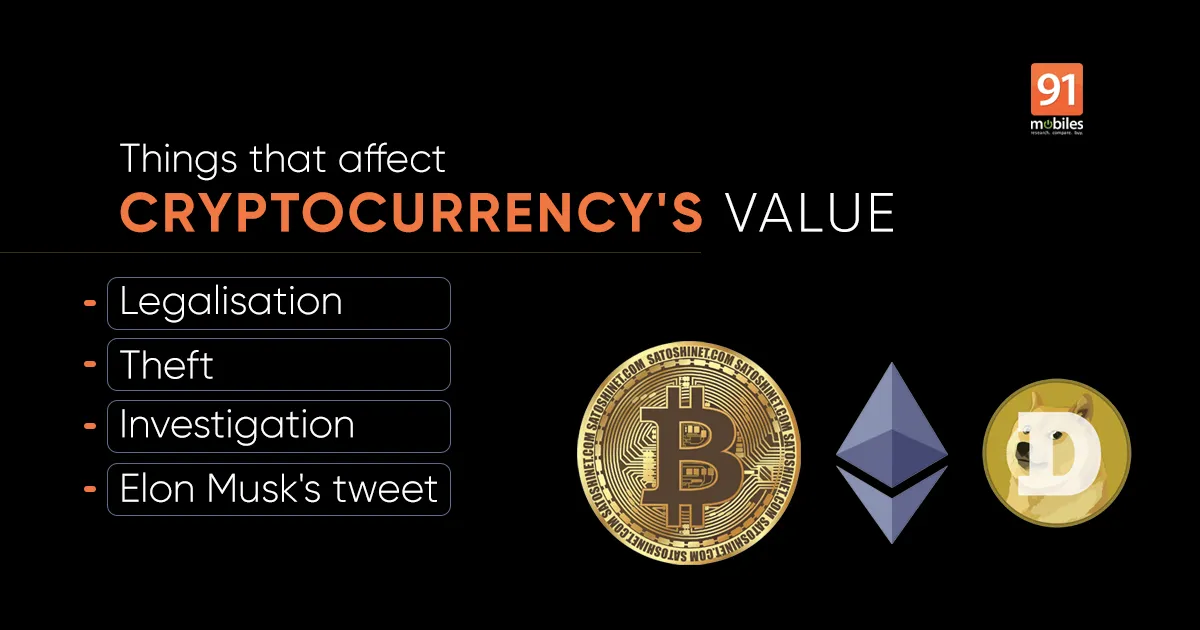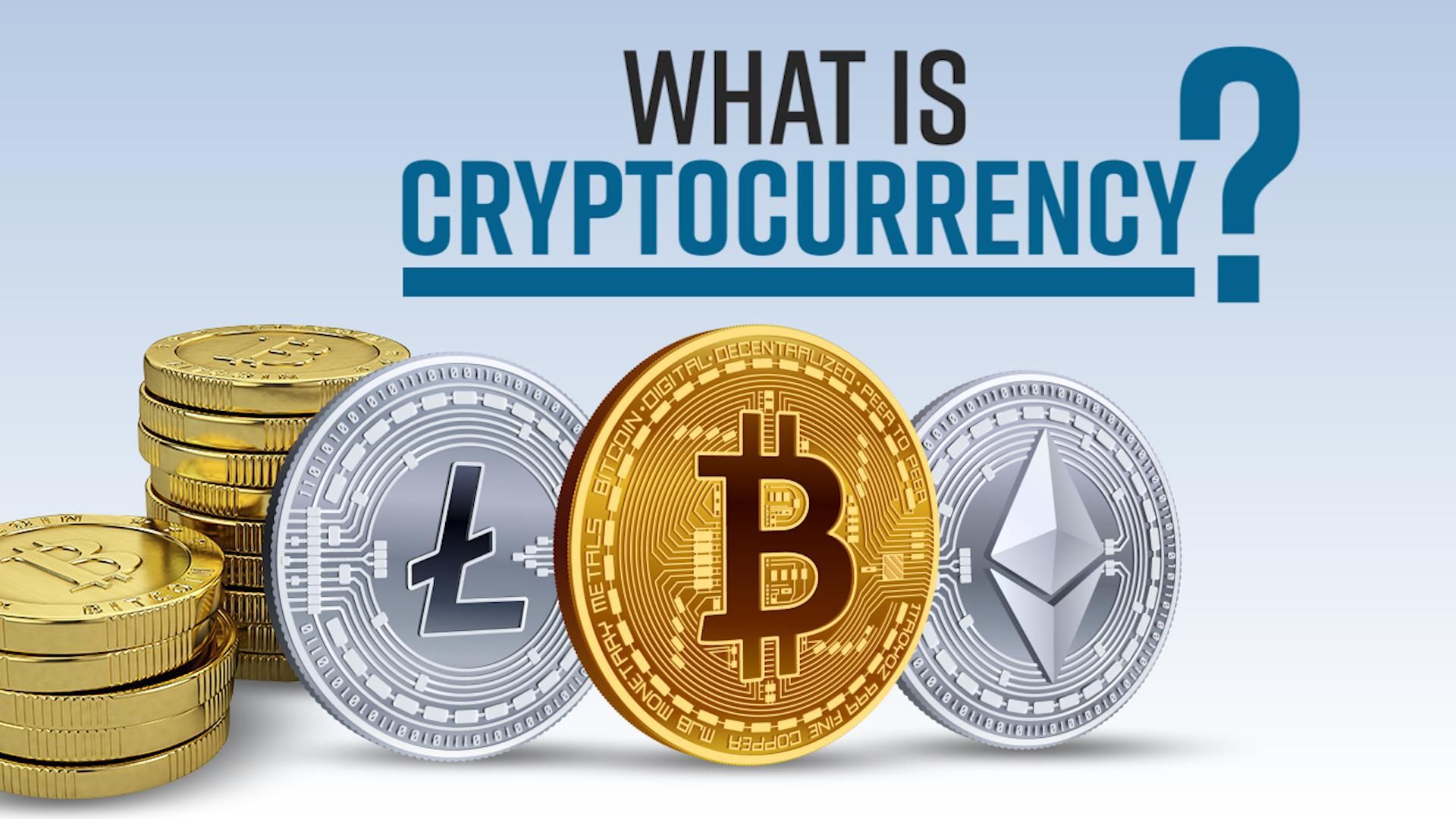
1st may, 2021
Crypto Coins vs Tokens
When discussing cryptos, you’ll see the terms coin and token. Some people use them interchangeably, but that’s a mistake. They are not interchangeable, and it’s important to know the difference between a coin and a token.
While coins and tokens are considered forms of cryptocurrency, they provide different functions. Coins are built on their own blockchain and were originally intended as a form of currency. Generally, any blockchain-based cryptocurrency that is not Bitcoin is referred to as an altcoin (more on those below).
A digital coin is created on its own blockchain and acts much like fiat (traditional money). Coins can be used to store value and as a means of exchange between two parties doing business with each other. Examples of coins include Bitcoin and Litecoin.
But tokens — which are created on an existing blockchain (not their own) — can function in many more ways than acting as currency. Instead of representing an exchange of value, tokens are considered programmable assets on which you may create and execute unique smart contracts. These contracts can establish ownership of assets outside the blockchain network.
Tokens can represent units of value — including real-world items like electricity, money, points, coins, digital assets, and more — and can be sent and received. Ether (ETH), which is used to make transactions on the Ethereum network, is a token. In another example, the Basic Attention Token (BAT), also built on Ethereum, is used in digital advertising.
Tokens can be used as part of a software application — such as granting access to an app, verifying identity, or tracking products moving through a supply chain. They can also represent digital art — as with non-fungible tokens (NFTs). There have even been experiments using NFTs to represent physical assets, such as real-life art, and real estate.

.jpg)
